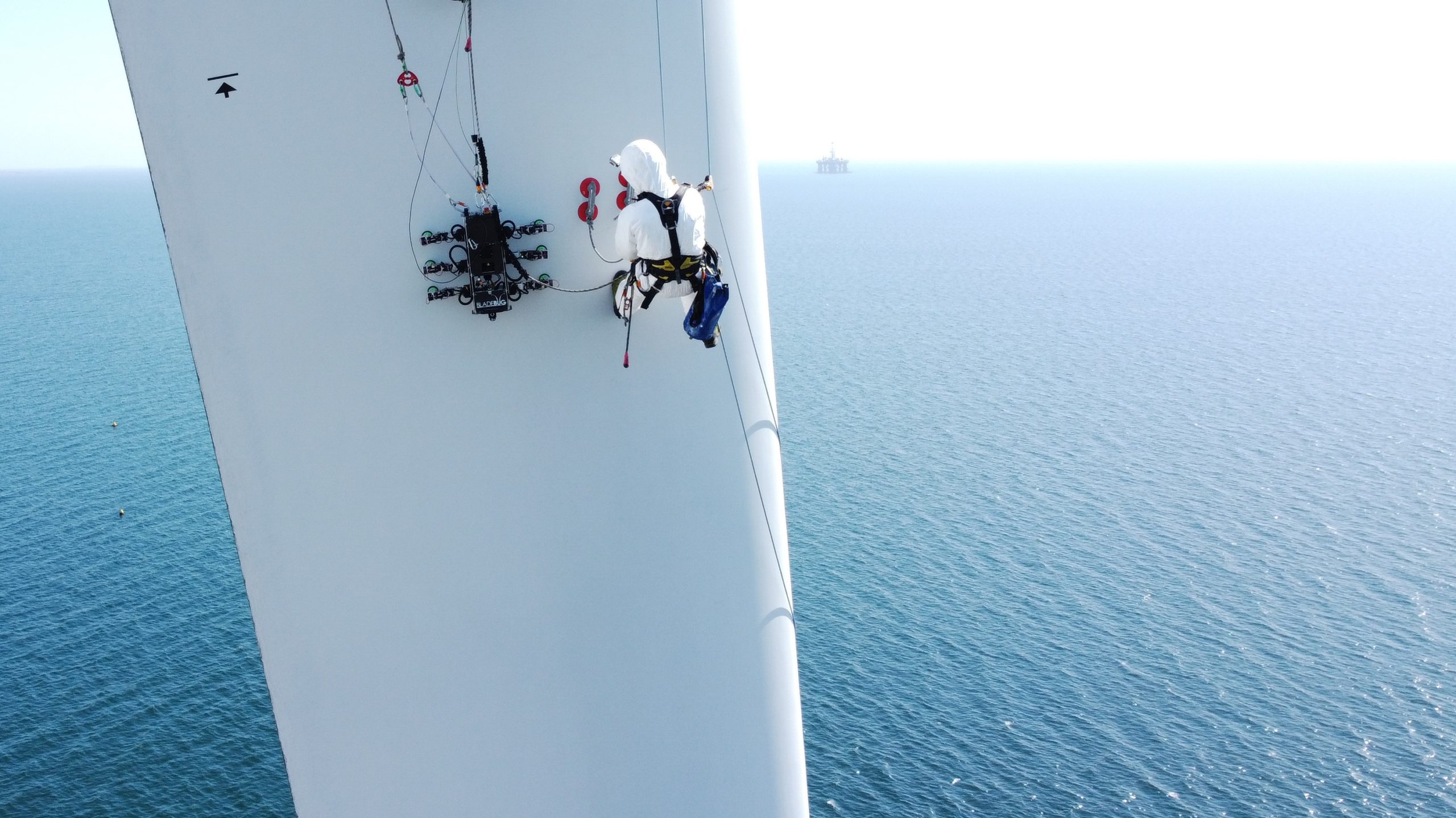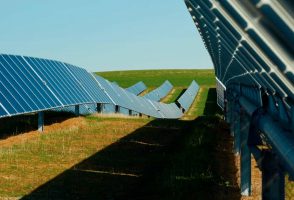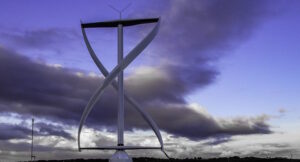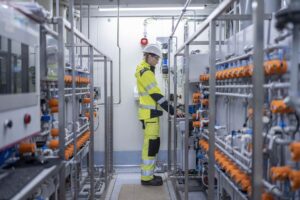Robots that crawl along turbine blades; subsea cleaning robots; unmanned seafaring vessel robots; solar panel cleaning robots; renewable project inspecting flying drone robots …
These are just some of the renewable energy industry associated technologies that are expected to drive the global robotics market to a value of $A15.8 billion by 2050, a new report has found.
The report, published this week by the UK’s Offshore Renewable Energy (ORE) Catapult, seeks to raise interest in the future market potential of robotics and autonomous systems (RAS) if it hitches its wagon to the booming renewables industry.
“The growth of the global energy market presents a remarkable opportunity for robotics and autonomous systems,” said Gavin Smart, Head of Analysis & Insights at ORE Catapult, and author of the new report.
One particularly notable application of robotic technology has been their role in wind turbine management, helping to fill the role of otherwise dangerous maintenance jobs that require a person to ascend to the top of a turbine hub.
Spanish wind turbine giant Siemens Gamesa was investigating just this sort of robotic technology back in 2018.
Another company, Helical Robotics, unveiled all the way back in 2013 a robotic platform that could perform inspection and maintenance of wind turbines. A UK company, BladeBug, is also using small robots to help in turbine maintenance.

But there are a range of jobs and maintenance tasks that could eventually be handed over to robotic and autonomous systems, such as robots that can perform subsea cleaning and inspection tasks to uncrewed vessels that provide a power and communication hub for remotely operated and autonomous underwater vehicles.
Earlier this month, Japanese grid-scale battery company PowerX revealed its plans to build autonomous battery ships to transfer offshore wind electricity to shore, allowing wind farms to be built in cost-effective waters, even if that location is not within easy reach of where the electricity needs to go.
So it’s not altogether surprising that ORE Catapult’s latest report has envisioned such significant in the global robotic and autonomous systems (RAS) market.
According to the report, the sector is currently worth approximately £350 million in the United Kingdom, which is around $A660 million.
However, ORE Catapult believes that, by 2030, the global RAS market will have grown to $A13.5 billion by 2030, before growing further in value to $A15.8 billion by 2050.
“What is unique about the robotics market is the potential for cross-application technologies,” said Smart. “It is likely that the solutions that will maximise performance, increase efficiency and improve safety will be adapted to work across multiple industries – inside and outside energy.
“As we continue to work towards achieving Net Zero, it is clear that robotics will play a key part. The opportunity this presents for the UK is significant – across the supply chain we can create jobs, upskill our energy workforce, build export potential and add value to our economy.”
ORE Catapult – unsurprisingly, considering its focus on offshore renewable energy technologies – sees RAS technologies playing an increasingly important role as offshore wind capacity skyrockets in the coming decades.
For example, the United Kingdom is targeting a seven-fold increase in offshore wind capacity by 2050, increasing to as much as 125GW.
As ORE Catapult highlight, however, as this capacity increases, wind farms will be located in deeper, more remote, and often more challenging waters, necessitating safer access for humans and presenting the industry with a significant challenge.
That’s where ORE Catapult sees the great potential of robotics and autonomous systems coming into play. Specifically, according to ORE Catapult, the global onshore and offshore wind O&M market will grow from $A96 billion in 2030 to $A226 billion in 2050.
And while robotics will take a significant share of this price, the report also expects that RAS technologies will also combine with data and digital solutions and other forms of O&M to increase that market share.
In the UK, the growing importance of wind technology’s O&M sector presents a huge opportunity to add value to the global supply chain by leveraging its offshore oil and gas experience and global leadership in offshore wind.
According to figures from ORE Catapult based on research from professional services network PWC, the RAS technology arena is set to create a 200,000 net jobs boost across all UK sectors by 2038.
And while the UK offshore wind O&M market for robotics is set to double in size, the export potential for the UK is even greater and set for a mind-blowing growth of 410%, increasing from only $A442 million in 2030 to $A2.26 billion in 2050.
ORE Catapult’s full research report is available to read here (PDF), and highlights a variety of technologies already in action across the renewable energy sector.










